Class of 2018 | colbys@wharton.upenn.edu
Peter Lynch is known for his ideology: “Invest in what you know.” The growing number of Canada Goose coats spotted on the streets, the chaotic coat department in the Canada Goose section around Christmas time, and the $900 price tag failing to deter shoppers are all reasons Canada Goose may have caught investors’ attention. In an era where technology ventures are the main focus, noticing the quality, tangible, profitable Canada Goose product follows Lynch’s advice to “invest in what you know.” However, Canada Goose’s IPO is muddled with as much enthusiasm from investors as skepticism.
In December of 2013, Bain Capital bought 70% of the company when it was valued at $250 million and the company is now worth $1.7 billion. On Thursday, March 16th, Bain Capital took Canada Goose (ticker: GOOS) public and in the first two days on the NYSE, the stock was trading well above its IPO price. In their F-1 registration statement, the company reported $291 million in sales ending in March, 2016 and $218 million in sales ending in March, 2015, which is a 34% growth rate. In 2014, the company also reached double-digit sales growth under Bain Capital’s ownership. Though Canada Goose was founded in 1957, it has only recently grown in vast popularity.
Critics worry that GOOS shares will not take off. Some investors believe the popular brand is a “fad,” has slim growth potential, is a risky one-product company, is too costly to last, and its topline growth is not sustainable. Given that Canada Goose is a luxury brand and has limited target consumers, and the replacement cycle of coats can only last so long, it has little room for growth. Furthermore, PETA activists bought the minimum number of shares to take part in shareholder meetings and may also pose a threat to the stock. Financially, the stock isn’t cheap either. At 39x Adjusted Net Income (which is $0.44/share for the nine months ended December 31), investors are wary of the pricey stock.
Additionally, in a pessimistic retail environment, there may be too much excitement around this one brand from desperate retail investors. The growth of Amazon and online retailers came along with a demise in brick-and-mortar retail. The lower costs of online retail giants and consumers’ shift toward online shopping have been driving retail companies that have existed for decades out of business. The retail industry “is set to replace the troubled energy sector as the most distressed sector this year, according to ratings agencies, lawyers and analysts, beaten down by the strain of competition from juggernaut Amazon.com Inc. and a range of other issues.” (Garcia). The industry has been underperforming other indices and the slumping sales, decline in customer traffic, and decrease in store locations will likely lead to restructurings and bankruptcies for many retail companies.
In lieu of a declining retail industry, Canada Goose presents a refreshing opportunity for investors. Similar to Peter’ Lynch’s advice, Warren Buffett once said “Never invest in a business you can’t understand.” Canada Goose’s clear business model, proven profitability, and visible growth is a positive sign for investors. Maja Rakic, a Bloomberg Intelligence analyst, wrote in a note on the day of GOOS’ IPO: “Plans to expand its direct-to-consumer channel should support superior growth. The company needs to make further investments soon, which could weigh on profit. Keeping tight cost controls while driving sales will be key.” Dani Reiss (CEO) will need to continue to strengthen the brand as well as capture higher margins through their Direct to Consumer (DTC) channel.
The Private Equity firm Bain Capital has already seen their investment grow sevenfold, however, there may be little payoff for new investors. As GOOS continues to trade on the market, investors should weigh these investment risks with these positive catalysts for the iconic emblem. It is yet to be determined whether the stock will continue to show gains or fly south.

